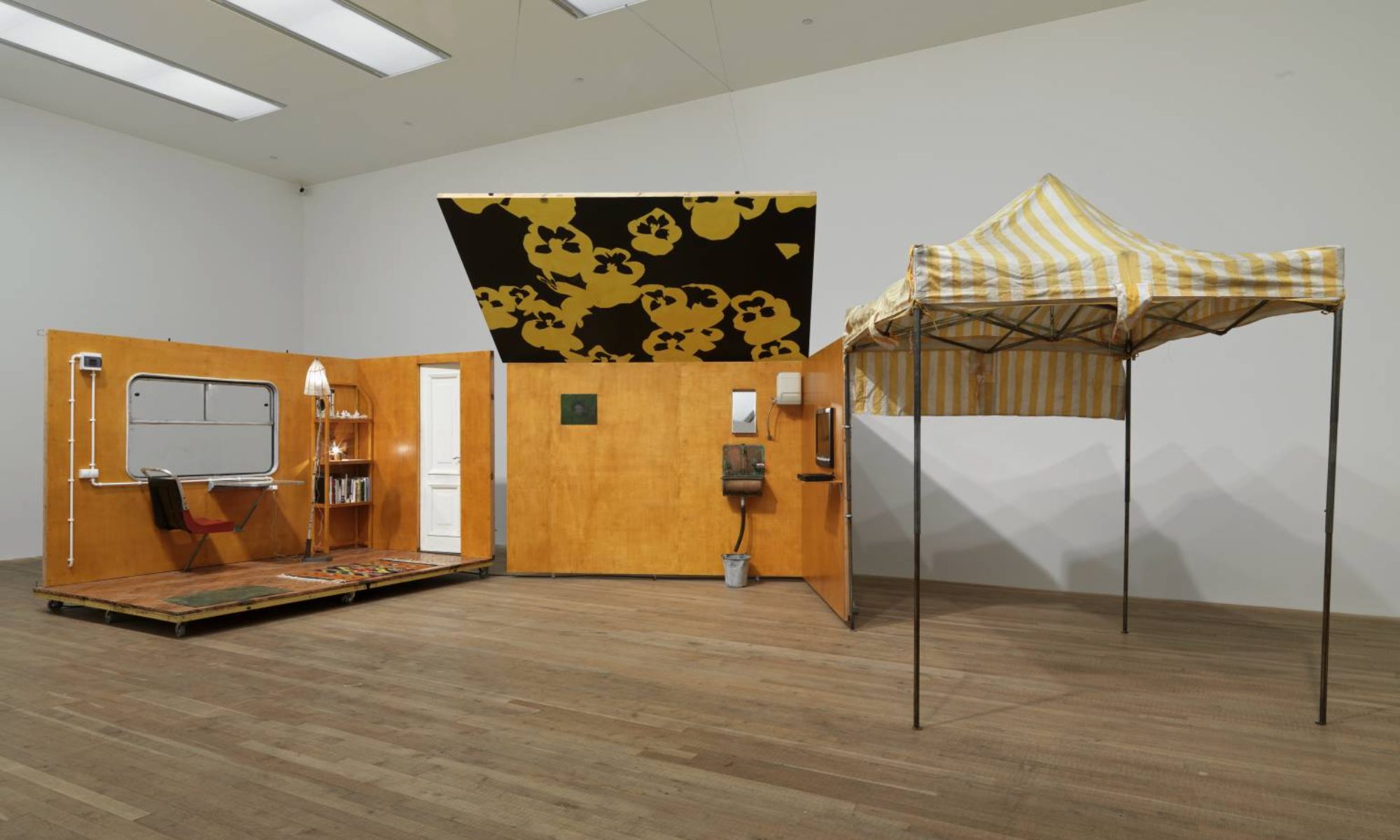The book of poetry that I’ve been following has is an anthology of Lawrence Ferlinghetti’s poems on San Francisco. Many of his poems are based in a specific place, but focus on the people/ a specific person in that place. (The one I find myself reading over and over again is the poem “They were putting up a statue”). Here’s the poem in type format and in an audio format.
So my prompt is this:
- Find a place & event– this place could exist in a photograph or on the screen, but it’s better if it’s somewhere that you can physically go. For Ferlinghetti’s poem, it’s the St. Francis church in San Francisco while they were putting up the statue of St. Francis.
- Pick a person in that place OR imagine a person in that place that doesn’t quite fit in with the events going on in that place- this person can help provide the “why” of writing a poem about a place or event, and they can serve as an additional way to view the event. Ex. In the poem I mentioned, the main person is a “young virgin /with very long and very straight / straw hair,” who contrasts with the rest of the onlookers both because of her movement (she was passing through the crowd and the crowd was standing still) and the fact that she seemed to be the only one “welcoming” the statue (Ferlinghetti mentions that the birds, a symbol of St. Francis, weren’t singing while the statue was being put up, but this girl was). When writing, your person might stand out because of something like this- action when others are silent/ apathetic. Or the person you choose for your poem might go against the norm in some other way.
- When writing, don’t shy away from repetition. One of Ferlinghetti’s strengths as a poet is his ability to repeat phrases throughout a poem without making the poem sounds repetitious or annoying. That’s a skill that I’m still working on developing, because I tend to feel like repetition is unnecessary in most of the poems I write.
That’s it! Pretty short and sweet. Use your skills as a writer to observe what is going on around you, and let the place and the people define an event, instead of the other way around.
(And, just as a little aside, I think that this prompt would work pretty well for political poems, if you wanted to write one. You could focus on an event that’s happened in the past few weeks and create a scene from the images that stuck out to you (such as the “glowing green time from a microwave oven” in Pam’s poem.))

